A contributing factor to the American Revolution was the Royal Proclamation of 1763, which established the important precedent that indigenous peoples had certain rights to the lands they occupied. The Declaration of Independence, in contrast, complains that King George III sided with “the inhabitants of our frontiers, the merciless Indian Savages.”
Whose side would the “Native American assassin” really have been on? Think about it.
The War of 1812, in some respects a sequel to the Revolutionary War, offers some insight. “First Nations fought shoulder-to-shoulder with the British in this important conflict,” Assembly of First Nations National Chief Shawn Atleo said last month, as the federal government presented 48 First Nations with commemorative medals and banners to honour the participation of more than 10,000 First Nations and Métis warriors in the fighting.
It's just a [fill in the blank], again
Not everyone agrees:
Globe And Mail's Assassin's Creed 3 Editorial Spawns Mockery, #GlobeEditorial Meme
Yes. A video game where one plays a member of a secret order of assassins that can share the historical memories of one's ancestors "twists the facts."
Wait until the editorial writer finds about the other entries in the hit series. We hear that in one of them you have to go after the Pope and in another you kill Christian crusaders.
The editorial has been openly mocked on Twitter with the hashtag #GlobeEditorial, with many reminding the editorial writer that video games are just that—games.
The obvious retort is: Where do you think most people learn about Natives and other minorities, if not from the media? Once again there's no answer and pro-Native activists win the debate.
Indians weren't relentless killers
Assassin's Creed 3 also has a more subtle problem:
Has Pop Culture Moved Beyond Cowboys And Indians?
MARTIN: So when you look at that, I'm interested in how you respond to that.
TREUER: I have a mixed reaction. You know, I saw the ads for "Assassin's Creed," the newest edition, which has the Native American assassin as the protagonist. And I was watching and a couple of my older kids were watching when the ad came out. And their first year action was: Cool, there's an Indian who's kicking everybody's butt. And I thought at least we're not being put down as, you know, victims. But on the other hand, this is a game that depicts really one dimension of the native historical experience--the history of, you know, dealing with violence.
Granted, you're not going to be playing "Assassin's Creed" to get a nuanced understanding of history, but at the same time it may be the only intersection point that a lot of people have with Native culture among certain age groups. So I think it's a, you know, it's a double-edged sword. I do appreciate the fact that they brought in Native language consultants. They tried to engage and use Native-language material. They took great care with the representation of the historic Mohawk Village for the brief parts that it appears in the gaming material. So, you know, I know that they're trying to show at least authenticity--even if they're showing a one-dimensional side of Native culture.


No comments:
Post a Comment